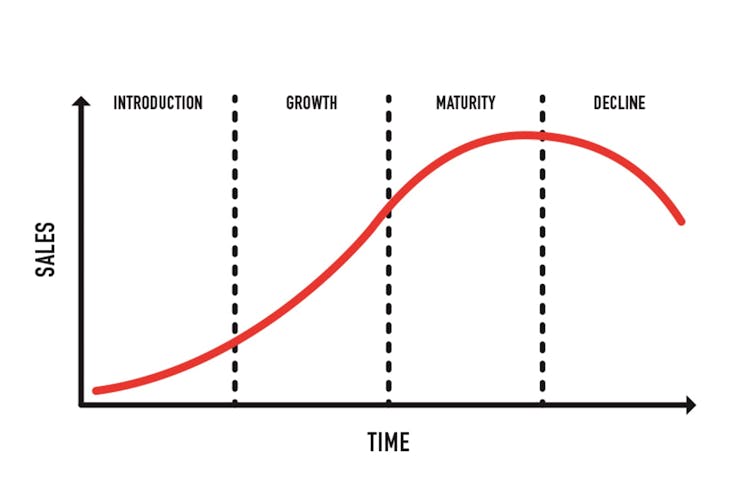recommends the Government implement a number of changes aimed to increasing transparency.
, Chair of the Parliament’s , says the report’s 22 recommendations increase transparency around the use of the mandatory data retention and increase the threshold for when data can be accessed. In addition, the committee make recommendations that reduce the currently very broad access to telecommunications data under the Telecommunications Act.
‘Our recommendations are aimed at improving mandatory data retention in a way that does not have a great effect on law enforcement and ASIO’s ability to do their very important work,’ Mr Hastie said.
‘Importantly, the committee has not recommended any change to the existing two year period of data retention.’
The report’s 22 recommendations include:
- access to data kept under the mandatory data retention regime will only be available under specific circumstances
- the Department of ³Ô¹ÏÍøÕ¾ Affairs develop guidelines for data collection including an ability for enforcement agencies and ³Ô¹ÏÍøÕ¾ Affairs to produce reports to oversight agencies or Parliament when requested
- the repeal of section 280(1)(b) of the Telecommunications Act which allows for access where ‘disclosure or use is required or authorised by or under law.’ It is the broad language in this subsection that has allowed the access that concerned the committee
Mr Hastie added that the review, conducted in accordance with Section 187N of the Telecommunications (Interception and Access) Act 1979, is the seventh full inquiry the Intelligence and Security Committee has completed in 2020.
‘Despite the challenges of 2020 I am pleased with the high volume of work completed by the committee,’ Mr Hastie said.
‘As the security environment continues to change, the scope and the role of the committee has expanded, as has the workload. I look forward in particular to the publication of the Richardson review, which will shape the framework of both the Australian intelligence community and its oversight bodies, including this committee.’
The full report can be read or








